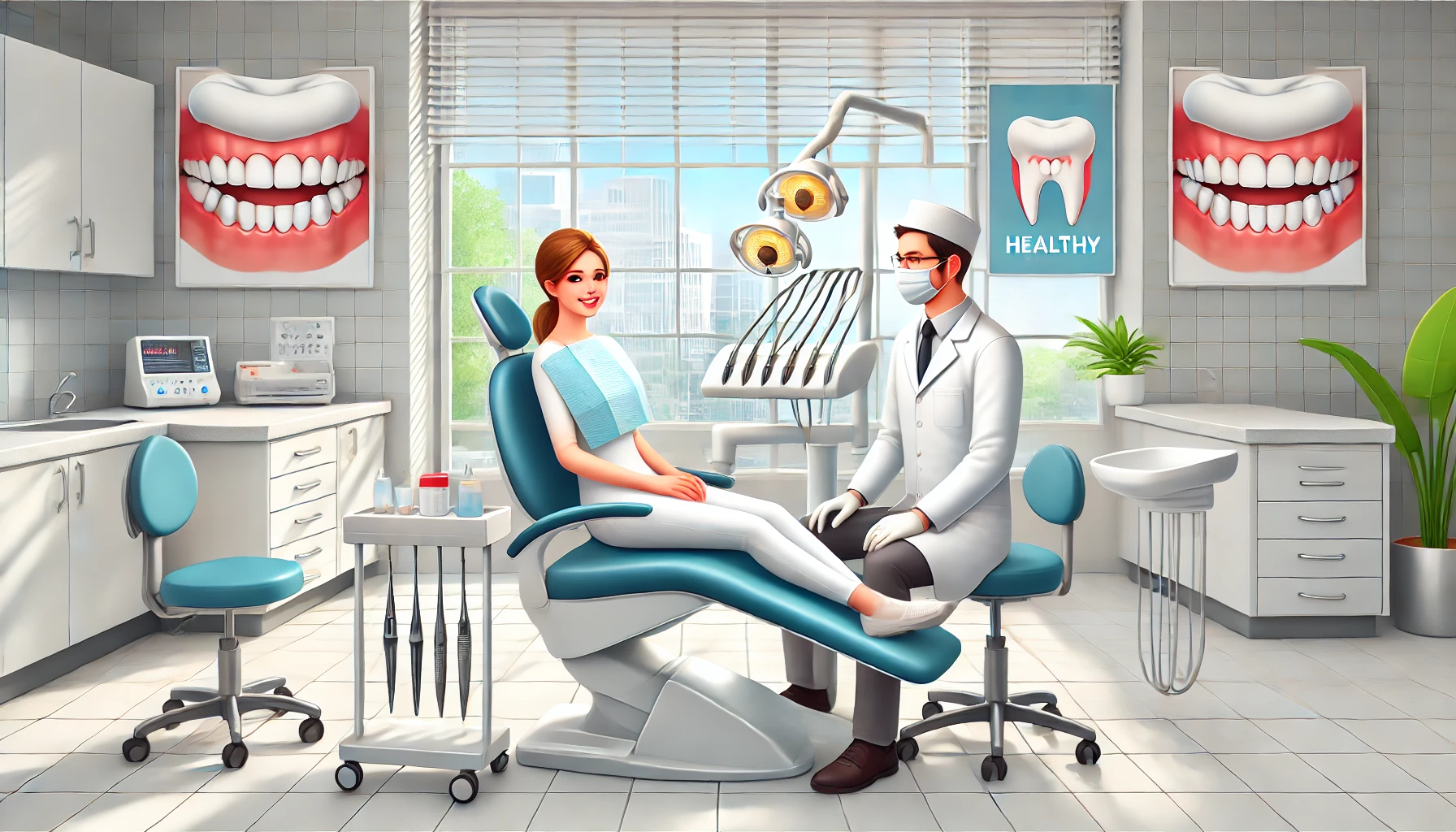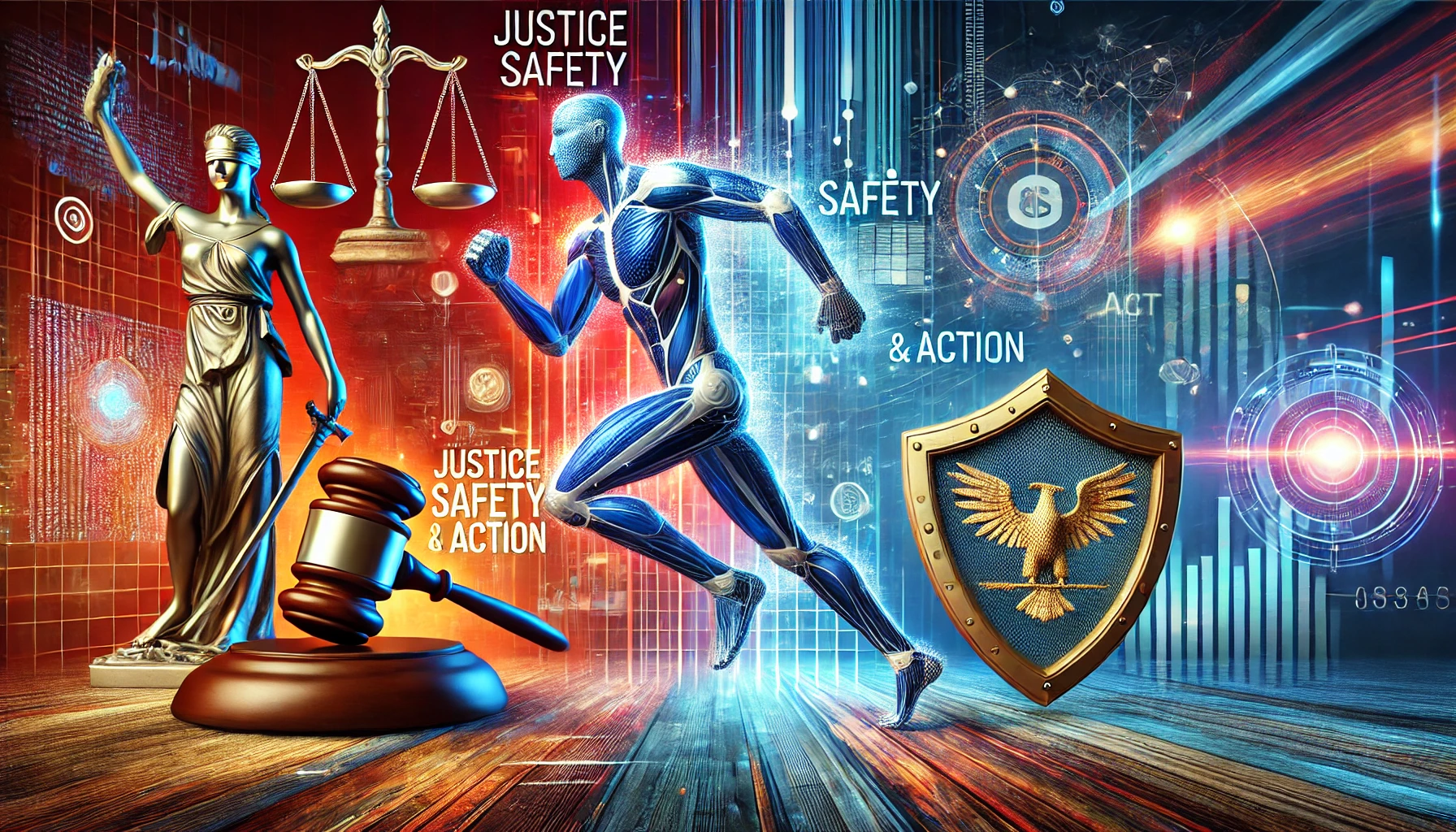Experiencing difficulty with movement can be frustrating and concerning. Whether it’s persistent stiffness, aching joints, or general discomfort, understanding the root causes of these struggles is essential to finding effective solutions. This blog delves into common reasons behind movement difficulties and offers practical tips for addressing them.
1. Sedentary Lifestyle
One of the primary contributors to movement difficulties is a sedentary lifestyle. Spending long periods sitting or lying down can lead to muscle atrophy and joint stiffness. When muscles aren’t used regularly, they weaken and lose flexibility, making everyday movements more challenging.
Solution:
Incorporating regular physical activity into your routine is crucial. Aim for at least 150 minutes of moderate aerobic exercise per week, along with muscle-strengthening activities on two or more days. Simple exercises like stretching, walking, and strength training can improve flexibility and strength, making movement easier.
2. Poor Posture
Poor posture, often resulting from prolonged sitting or improper ergonomics, can cause muscular imbalances and joint strain. Slouching or hunching over a computer can lead to tension in the neck, shoulders, and back, which can hinder your ability to move comfortably.
Solution:
Pay attention to your posture throughout the day. Use ergonomic furniture, take regular breaks to stretch, and adjust your sitting position. Incorporating exercises that strengthen the core and back muscles, such as planks and rows, can also help improve posture and alleviate associated movement issues.
3. Arthritis
Arthritis, a condition characterized by inflammation of the joints, can cause pain, swelling, and stiffness, making movement difficult. Osteoarthritis and rheumatoid arthritis are common types, each affecting the body differently but often resulting in a decreased range of motion and discomfort.
Solution:
Managing arthritis requires a multifaceted approach, including medication, physical therapy, and lifestyle modifications. Exercise plays a vital role but needs to be approached with care. Engaging in low-impact activities such as swimming or cycling can support joint function while minimizing strain. Utilizing assistive devices and maintaining a healthy weight are also beneficial strategies to alleviate pressure on affected joints.
For those seeking targeted treatments, including shots for rheumatoid arthritis in Glenview, consulting with a specialist can provide additional relief and support in managing symptoms effectively.
4. Muscle Imbalances
Muscle imbalances occur when certain muscles are stronger or weaker than their opposing counterparts. These imbalances can lead to improper movement patterns and increased strain on joints and muscles, causing discomfort and reduced mobility.
Solution:
Addressing muscle imbalances involves a balanced exercise regimen that targets all major muscle groups. Incorporate exercises that promote strength, flexibility, and balance. For example, combining strength training with yoga or Pilates can help address these imbalances and improve overall movement quality.
5. Aging
As we age, our bodies undergo natural changes that can affect mobility. Muscle mass tends to decrease, bones can become more brittle, and joint cartilage can wear down, leading to increased difficulty in movement.
Solution:
To counteract the effects of aging on movement, focus on activities that promote overall health and wellness. Regular exercise, including strength training, cardiovascular workouts, and flexibility exercises, is essential. Additionally, staying hydrated, eating a balanced diet rich in nutrients, and getting adequate rest can support overall mobility and joint health.
6. Injury or Trauma
Previous injuries or trauma to muscles, joints, or bones can result in long-term movement difficulties. Scar tissue, chronic pain, and altered movement patterns due to past injuries can contribute to ongoing issues.
Solution:
Rehabilitation and physical therapy are key to recovering from injuries. Working with a physical therapist can help restore range of motion, strength, and function. Additionally, practicing proper body mechanics and using supportive devices as needed can aid in the recovery process and prevent future issues.
7. Chronic Conditions
Certain chronic conditions, such as fibromyalgia, multiple sclerosis, or Parkinson’s disease, can significantly impact movement. These conditions often involve a combination of pain, muscle weakness, and coordination issues.
Solution:
Managing chronic conditions requires a comprehensive approach involving medical treatment, physical therapy, and lifestyle adjustments. Work closely with healthcare professionals to develop a personalized plan that addresses your specific needs. Engaging in gentle exercises, maintaining a healthy lifestyle, and utilizing assistive technologies can also improve mobility and quality of life.
8. Nutritional Deficiencies
Nutritional deficiencies can impact muscle and joint health, leading to problems with movement. Deficiencies in vitamins and minerals, such as vitamin D, calcium, and magnesium, can contribute to muscle weakness and joint pain.
Solution:
Ensure you’re consuming a balanced diet that includes a variety of nutrients essential for musculoskeletal health. Foods rich in calcium, vitamin D, and magnesium, such as dairy products, leafy greens, and nuts, can support bone and muscle health. If you suspect a deficiency, consult a healthcare provider for appropriate testing and supplementation.
In Conclusion
Understanding the causes of movement difficulties is the first step toward finding effective solutions. Whether due to lifestyle factors, medical conditions, or age-related changes, addressing these issues involves a combination of exercise, proper posture, dietary considerations, and medical intervention. By taking proactive steps and seeking professional guidance when needed, you can improve your mobility and enjoy a more active and comfortable life.












